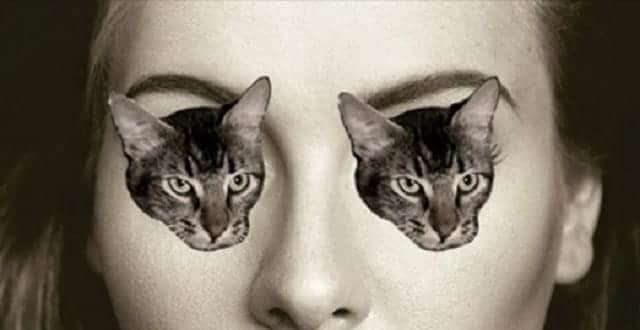For literally decades, declawing cats has been a mere routine veterinary procedure, but this is no simple pedicure. There’s anesthesia, pain medication and the amputation of the cat’s toes all the way back to the first knuckle.
New York’s first-in-the-nation legislative proposal to ban the declawing of cats is sparking a heated debate among veterinarians and cat lovers alike, with some insisting it’s inhumane and others saying it should be allowed as a last resort for felines that won’t stop scratching furniture, carpets and their owners.
“None of us love the procedure,” stated Richard Goldstein, a veterinarian at New York City’s Animal Medical Center and a former faculty member at Cornell University’s College of Veterinary Medicine. “But when the alternative is condemning the cat to a shelter or to death? That’s why we do it.”
The state and national veterinary organizations that say they oppose a ban on declawing do so because it’s often the only way for cats who have behavioral problems to keep from being abandoned or euthanized, they say. Such medical decisions should be left to the professionals to make with the cat owners in question, not lawmakers, they added.
It’s the reality of the procedure itself which has raised the backs of opponents. Unlike human nails, a cat’s claws are literally attached to bone, so declawing a feline requires a veterinarian to slice through tendon and nerves to remove the last segment of bone in a cat’s toes.
“It’s amputation. It is the equivalent of taking a cigar cutter and cutting the end joint off,” stated Jenner Conrad, a California veterinarian who traveled to Albany this past week to lobby lawmakers for the proposed ban.
Brooklyn elementary school principal Lisa Fernandez that said she declawed her own cat, but that was before she knew what it entailed. Students at her school are now participating in a lobbying campaign geared to urge lawmakers to support the ban.
“When I found out what it was, I was horrified,” stated Fernandez.
The debate comes as Americans’ feelings about their four-legged furry companions continue to evolve. Another bill in New York’s Legislature would permanently remove sales taxes on pet food, and lawmakers here voted last year to allow dogs to be with their human companions on the patios of restaurants. Several states have also now banned surgeries which remove a dog’s vocal cords. And all 50 states currently have statutes making severe animal cruelty a felony.
“There’s a rising tide of social concern about animal welfare,” stated Wayne Pacelle, president and CEO of the Humane Society of the United States. “We’ve proven that the American public is deeply concerned about the welfare of animals, the ones that live with them and the ones used for food production.”
Australia, Britain and several European countries have already banned cat declawing. It’s also illegal in Los Angeles and other various California cities. Estimates are that about 25% of all household cats will be declawed in their lifetimes — though vets that spoke to the AP say it’s becoming less and less common.
At the Animal Haven shelter which is located in lower Manhattan, associate director Kendra Mara said about 10 percent of the cats up for adoption are declawed. Some of the felines who have the procedure resort to excessive biting instead, and some avoid using the litter box because the litter can aggravate their wounds.
“It’s never an easy adoption,” she stated. “There’s always the need to work on the behavior issue.”
Manhattan resident Brian Gari, one of several cat owners interviewed by the AP, inherited his 10-year-old cat Kiki when his father died and declawed her because “he put his furniture in front of the welfare of the cat.” Gari said Kiki now has problems using the litterbox, forcing him to put her into a room lined with newspapers.
“It’s a total nightmare. I have to work around the situation,” he stated. “She’s very sweet though. But she’s completely screwed up.”
Vets who spoke to the AP said that cat owners increasingly turn to viable alternatives — scratching posts, regular clippings or small caps that go over a cat’s nails.
The New York State Veterinary Medical Society, however, still remains opposed to a full ban. President Susan Wylegala said the number of declawings at her Buffalo-area practice is currently less than 50 percent of what it was just three years ago.
“We’re seeing it in significantly lower numbers because vets are educating clients on the alternatives that are available,” she stated. “It needs to remain that last option.”
Source





